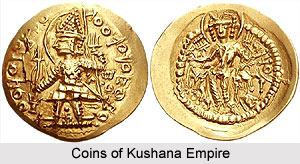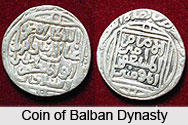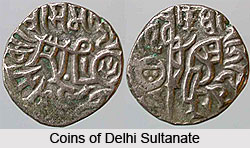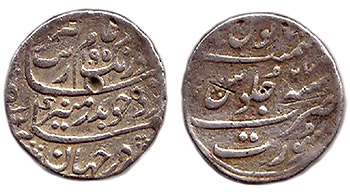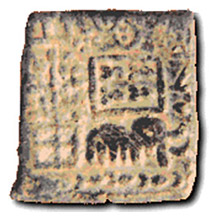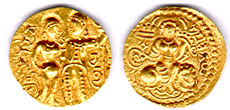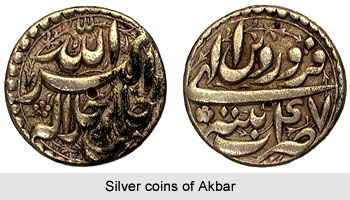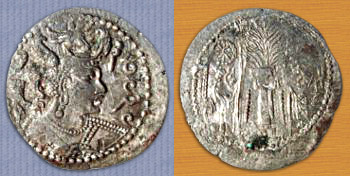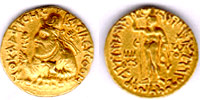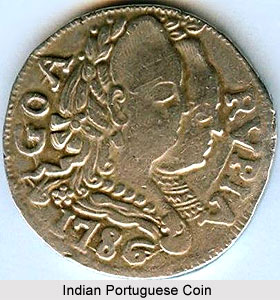Rising from the humble post of `sarnaubat`, Qasim Barid had made himself the minister at the Bahmani capital. He became the existent ruler of the province of Bidarat the cost of the Bahmani kings in about 1490-91 A.D. But he and his successors maintained their power under the cover of the weak Bahmani rulers, Ahmad Shah IV, Muhammad Shah IV, Waliullah and Kalimullah.
The coins of the Barid Shahi dynasty also carried inscription that bore the titles and names of the kings. It is still not known that the king of the Barid Shahi dynasty, Quasim Barid had issued any coin or not. But his successor, Amir Barid, Farishta had used the epithet `Sahib-i-sikha` that stands evidence for the fact that he issued coins during his reigning period though no coins of his period are yet known. The third ruler of this dynasty, Ali Barid I, called himself `Shah` in his inscriptions but he refrained from issuing coins.
The proper time of issuing coins in the Barid Shahi dynasty started from the time of Ibrahim Barid, the fourth ruler of this dynasty. Ibrahim issued coins of his own name towards the end of his reign. At first he retained the name of the Bahmani ruler Kalimullah on one side of the coin and inscribed his name `Sultan Amir Barid Shah` with the date 993 A.H on the other side of the coin. Later he dispensed with the sham and issued his own coins. The coins of Ibrahim Barid Shah uniformly bore the inscription that contained `Sultan Amir Barid Shah bani` on one side of the coin and on the other side of the coin bore the legend `bi-nasr Allah al-ghani`. Sometimes the term `al-ghani` was omitted. His successor, Qasim Barid Shah II, issued coins with identical obverse that was observed in the coins of his predecessors. The only difference was the inscription omitted the term `bani`. The reverse side of the coin bore `Al-muwayyid bi-nasr Allah sultani`. No coins were issued during the time of the next two rulers Amir Barid Shah II and Mirza Ali Barid Shah III.
The eighth ruler of the Barid Shahi dynasty, Amir Barid Shah III issued coins with the legend `Al-muwayyid bi-nasr Allah al-mulk al-qavi al-ghani` on the obverse and `Al-sultan al-adil Amir Barid Shah Barak` on the reverse side of the coin. Though all the coins bore these inscriptions, a few coins did not have `al-mulk al-qavi` on the obverse and `Barak` on the reverse side of the coin. The Barid Shahi coins were exclusively made of copper and did not bear the name of the mint.
